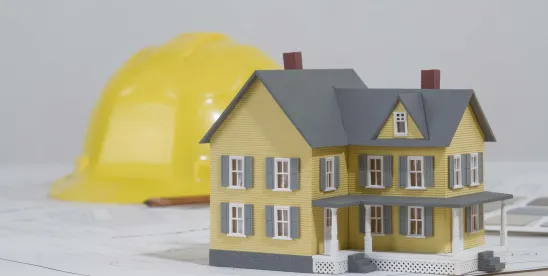Purchasing a new construction home is an exciting endeavor. Once all the design options and custom changes are finalized, the wait begins. While all builders discourage purchasers from visiting the construction site, most builders will accommodate requests for walkthroughs. It is always a good idea, however, to try and include a provision in the sale contract or addendum providing you, the homeowner, the right to request and receive access to the site upon reasonable notice.
So, what should you do while on site? The most important thing you can do is take pictures (a lot of pictures). Specifically, you want to capture critical areas such as around windows and doors, at roof-to-wall intersections, and to the extent visible, any installed flashing such as building paper, drip caps, Tyvek, etc. Some more obvious things to look for are wall locations, number and placement of windows and doors, proper room layouts, etc. If you are so inclined, you may want to hire a professional engineer or architect to perform a cursory walkthrough with you and provide you with comments and concerns. Once the walls get covered up, it becomes much more difficult, if not impossible, to observe hidden construction elements and/or fix mistakes.
If you can, you should get to know the superintendent and ask a lot of questions. You should also request to see a copy of the plans and take pictures of the various details and specifications. Additionally, you may want to fill out an OPRA (Open Public Records Act) request form and submit it to the construction office. You are entitled to see any and all public records attendant to your build lot, which includes permit applications, issued permits, inspection reports, violation notices, filed plans and drawings, etc. This is a good way to gather information and stay informed about the construction process.
Finally, if you have the opportunity, you should visit your house during a heavy rain event and observe the conditions around windows and doors from the inside. This is the best time to identify any leaks around penetrations such as windows and doors. Once the drywall is installed, if there are leaks, you will not see any manifestations of water intrusion for many months, sometimes even years. By then, the Developer will likely no longer be responsive and the new homeowner warranty program will essentially be useless.



 />i
/>i

